IT PRO goes to the Hadron Collider
We were lucky enough to go to CERN this week and see how the LHC project was getting along, with a little help from some tech giants.

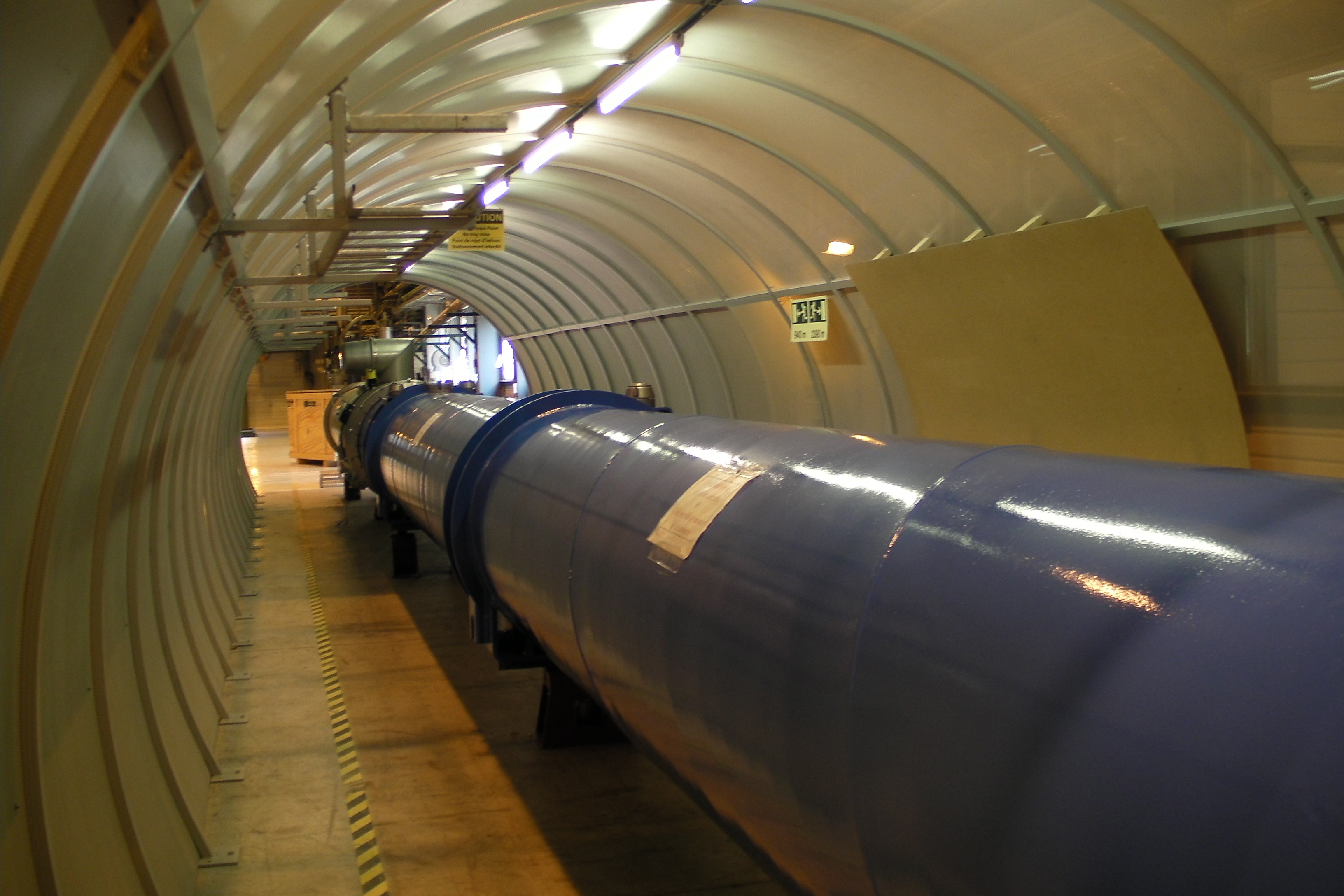
While we were not allowed to see the actual LHC itself, which covers 27km and goes 100 metres underground, we were introduced to various replicas of components. The pictures below show copies of what make up the LHC, including cavities and parts of the superconducting magnets that power the beams of particles towards one another.
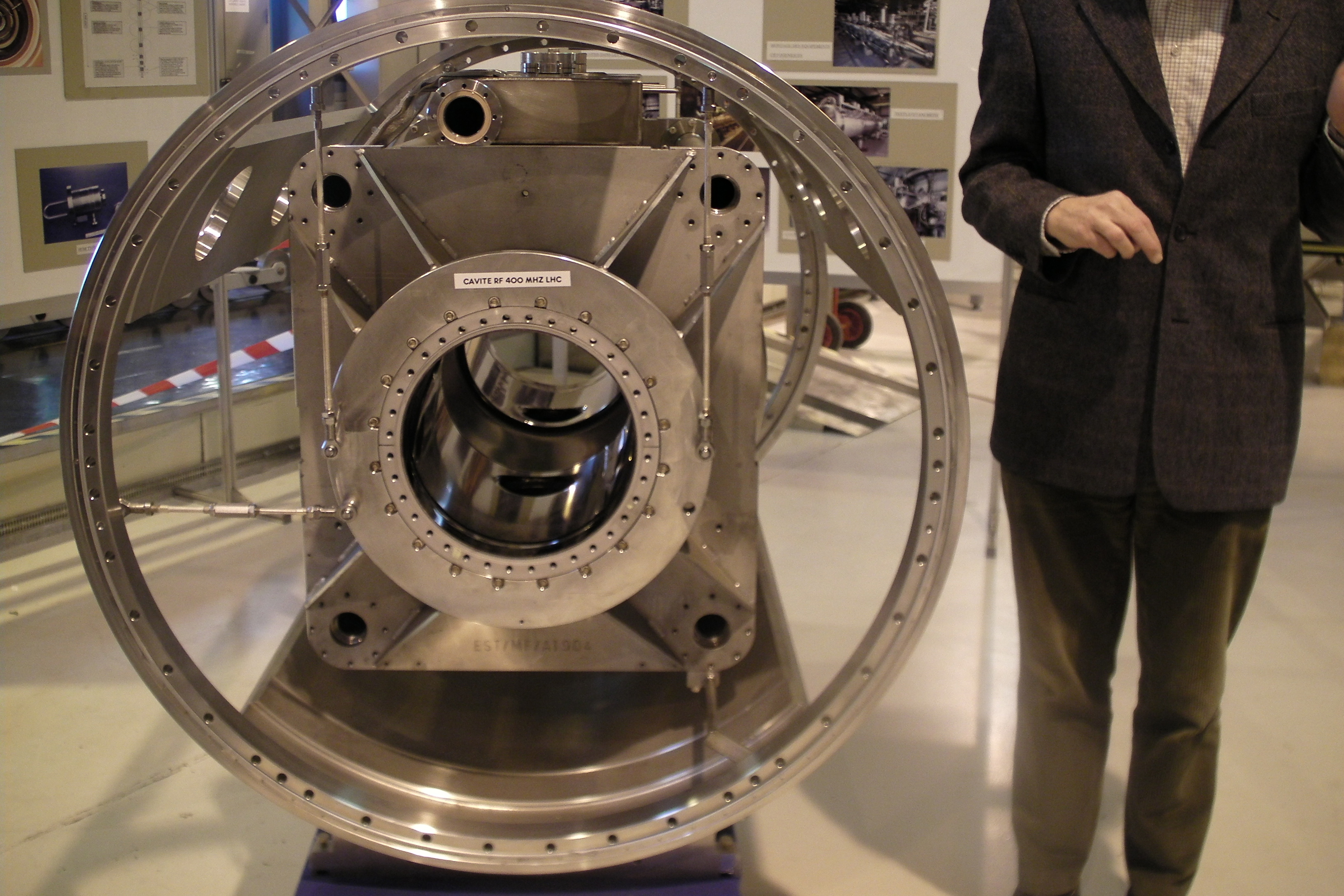
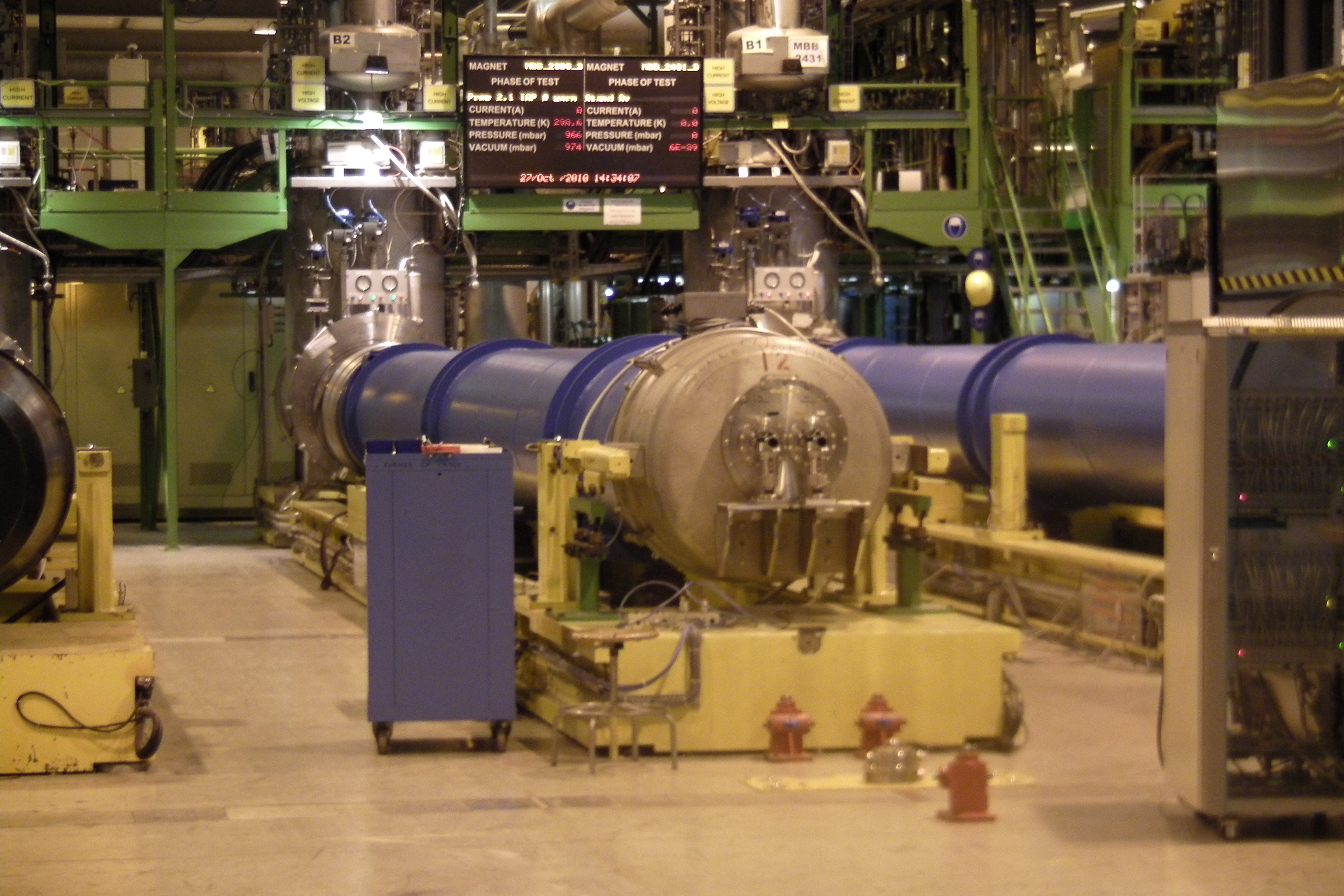
The LHC consists of around 1,800 super-conducting magnet systems, each of which are constructed from superconducting materials. At low temperatures they are able to conduct electricity without any resistance at all. If the LHC used ordinary warm magnets, the ring would need to be at least 120km in circumference and would need 40 times more electricity to do what the current system does.
Below is what the inside of one of the magnets looks like. When the LHC broke down during in the incipient stages of its life, this is what flooded with liquid helium due to faults in the design. While the project was delayed as a result, it is now up and running again. In March this year, the LHC achieved the highest energy ever in a particle accelerator when beams collided at 7 tera-electronvolts (TeV). The eventual aim is to reach 14 TeV.
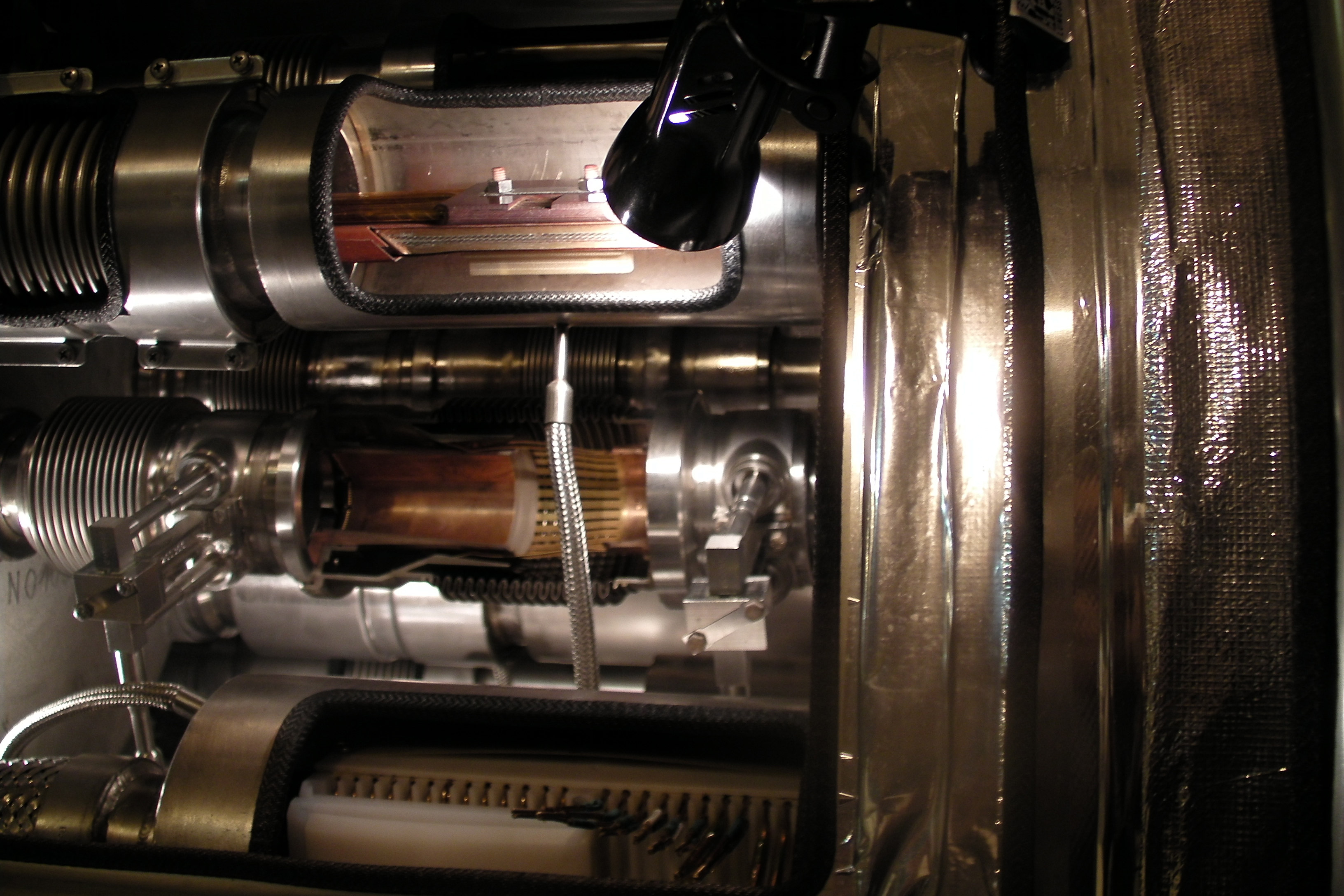
Sign up today and you will receive a free copy of our Future Focus 2025 report - the leading guidance on AI, cybersecurity and other IT challenges as per 700+ senior executives
Tom Brewster is currently an associate editor at Forbes and an award-winning journalist who covers cyber security, surveillance, and privacy. Starting his career at ITPro as a staff writer and working up to a senior staff writer role, Tom has been covering the tech industry for more than ten years and is considered one of the leading journalists in his specialism.
He is a proud alum of the University of Sheffield where he secured an undergraduate degree in English Literature before undertaking a certification from General Assembly in web development.
-
 Cyber crime group falls for honeypot, crows about it on Telegram
Cyber crime group falls for honeypot, crows about it on TelegramNews Scattered LAPSUS$ Hunters thought it had access to vast amounts of Resecurity's internal data, but the whole thing was just a set-up
-
 Beyond firefighting: How IT can tackle hybrid work friction and prove business value
Beyond firefighting: How IT can tackle hybrid work friction and prove business valueSponsored IT must reduce hybrid work friction and prove tech’s value to business
-
 ‘DIY’ agent platforms are big tech’s latest gambit to drive AI adoption
‘DIY’ agent platforms are big tech’s latest gambit to drive AI adoptionAnalysis The rise of 'DIY' agentic AI development platforms could enable big tech providers to drive AI adoption rates.
-
 AI agent announcements are a dime a dozen right now – here’s what Oracle thinks it’s doing differently
AI agent announcements are a dime a dozen right now – here’s what Oracle thinks it’s doing differentlyNews Oracle’s latest foray into the world of AI agents will leverage the firm’s strength in infrastructure and come at no additional cost to users.
-
 Gaining timely insights with AI inferencing at the edge
Gaining timely insights with AI inferencing at the edgeWhitepaper Business differentiation in an AI-everywhere era
-
 Scaling AI from pilot to production: Maximize AI impact with HPE & Intel
Scaling AI from pilot to production: Maximize AI impact with HPE & IntelWhitepaper Transform AI proof-of-concepts into full-scale implementations
-
 Oracle bets on vector search capabilities to drive enterprise AI value
Oracle bets on vector search capabilities to drive enterprise AI valueNews Oracle claims its new tool will bring AI “to where the data is,” rather than the other way around
-
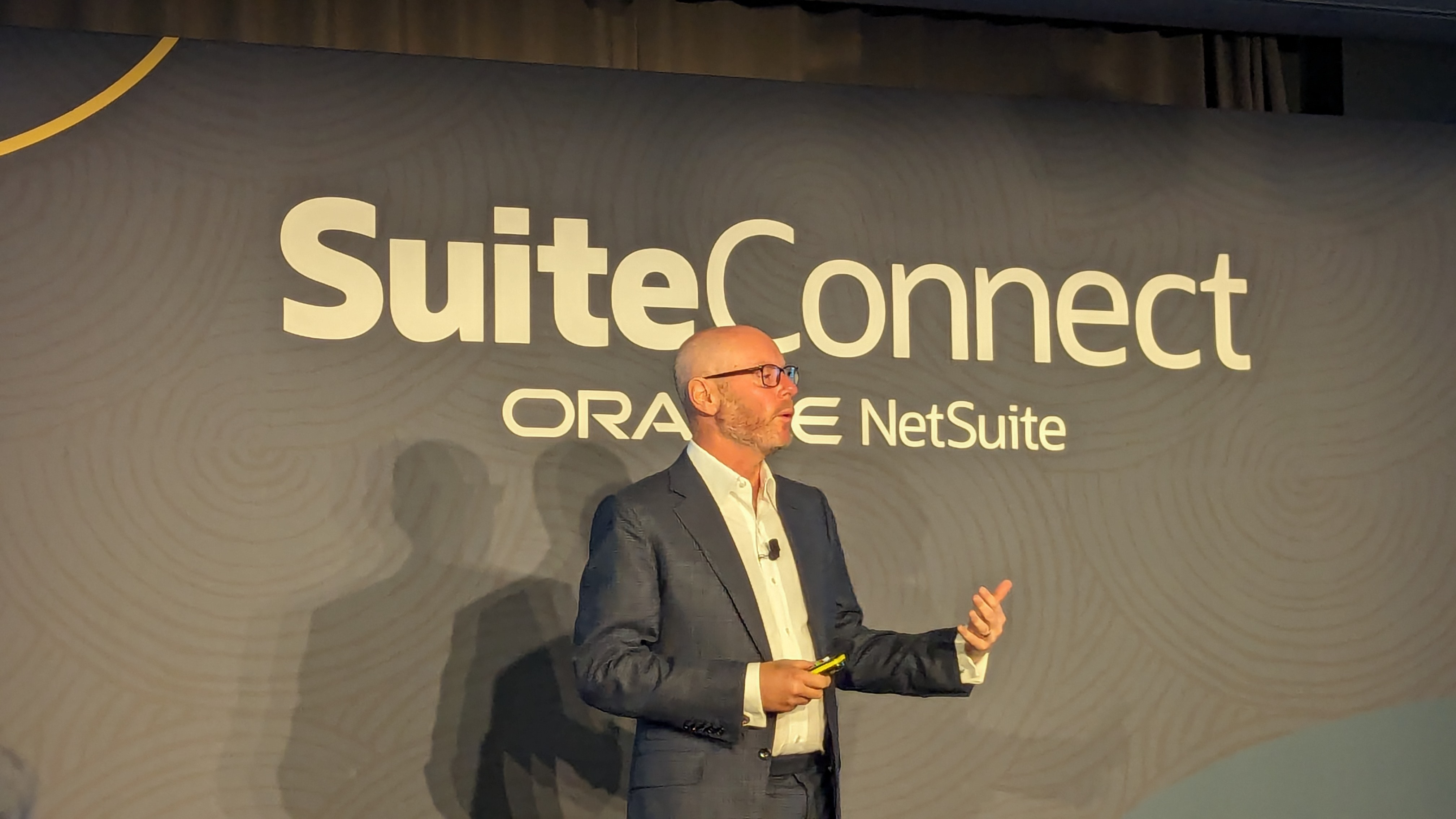 NetSuite doubles down on localized AI with UK, EMEA product launches
NetSuite doubles down on localized AI with UK, EMEA product launchesNews Regional product launches aim to address struggles with ESG reporting and surface more data insights for NetSuite’s EMEA customers
-
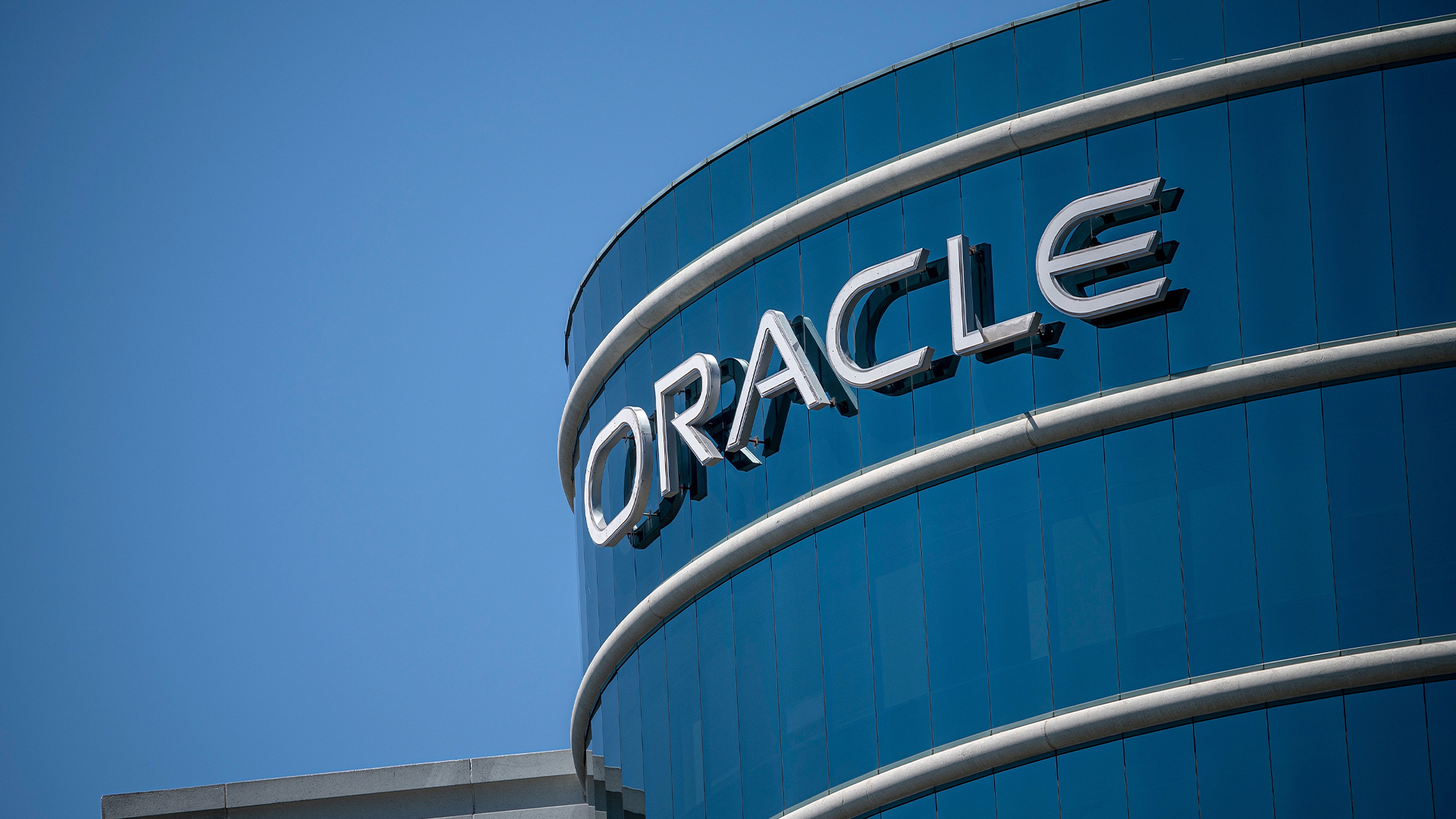 Oracle ditches the hype for a straight talking generative AI approach
Oracle ditches the hype for a straight talking generative AI approachAnalysis Oracle knows it has to box clever in the generative AI race, and its ambitions rest on delivering tangible enterprise use-cases
-
 IDC MarketScape: Worldwide supply chain Oracle ecosystem services vendor assessment
IDC MarketScape: Worldwide supply chain Oracle ecosystem services vendor assessmentWhitepaper In-depth assessment of IT consulting providers supporting supply chain management processes
